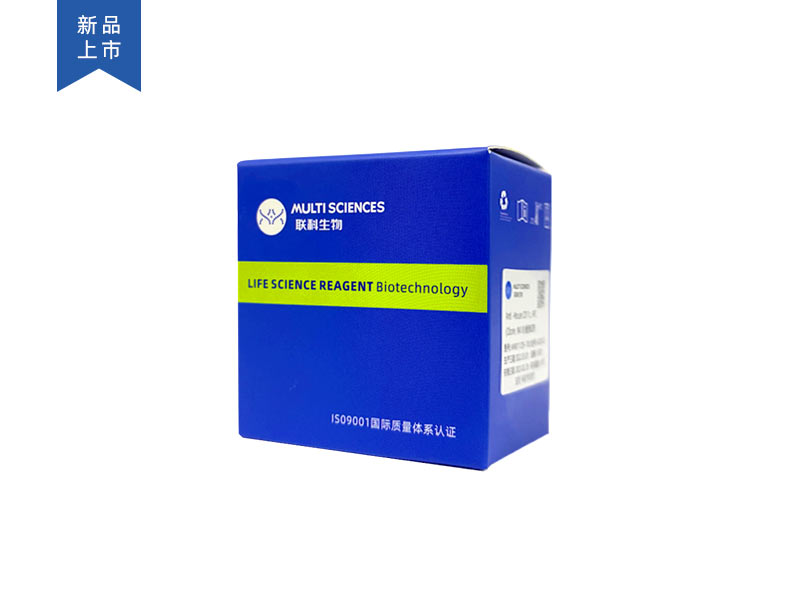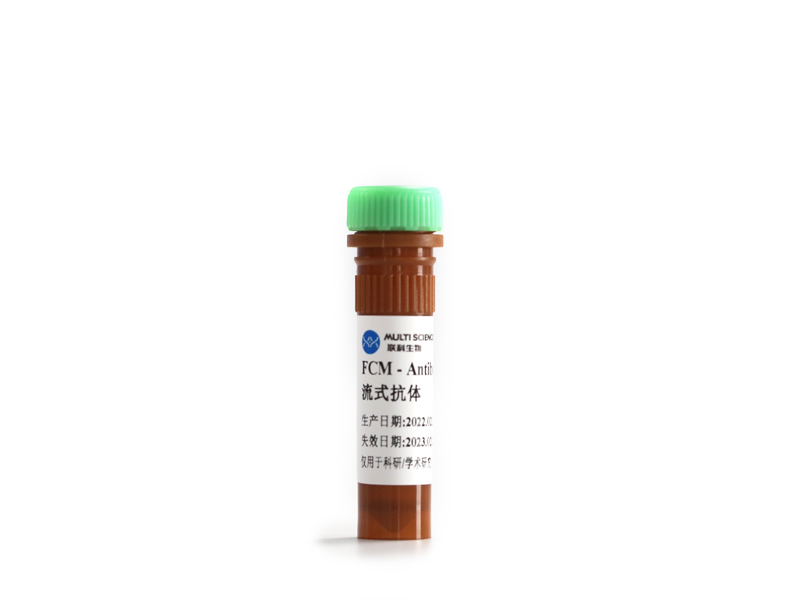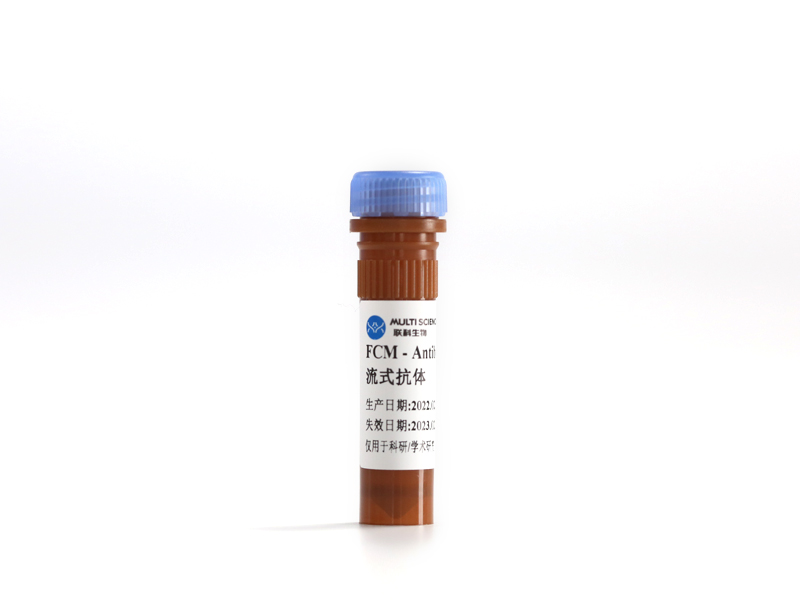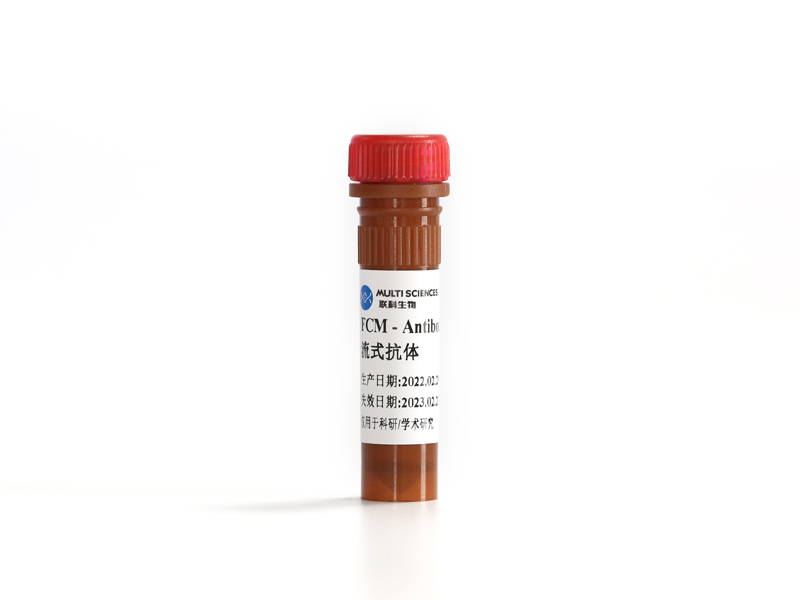Background: G protein-coupled receptor kinase 2 (GRK2) could participate in the regulation of diverse cells via interacting with non-G-protein-coupled receptors. In the present work, we explored how paroxetine, a GRK2 inhibitor, modulates the differentiation and activation of immune cells in rheumatoid arthritis (RA). Methods: The blood samples of healthy individuals and RA patients were collected between July 2021 and March 2022 from the First Affiliated Hospital of Anhui Medical University. C57BL/6 mice were used to induce the collagen-induced arthritis (CIA) model. Flow cytometry analysis was used to characterize the differentiation and function of dendritic cells (DCs)/T cells. Co-immunoprecipitation was used to explore the specific molecular mechanism. Results: In patients with RA, high expression of GRK2 in peripheral blood lymphocytes, accompanied by the increases of phosphatidylinositol 3 kinase (PI3K), protein kinase B (AKT), and mammalian target of rapamycin (mTOR). In animal model, a decrease in regulatory T cells (T regs ), an increase in the cluster of differentiation 8 positive (CD8 + ) T cells, and maturation of DCs were observed. Paroxetine, when used in vitro and in CIA mice, restrained the maturation of DCs and the differentiation of CD8 + T cells, and induced the proportion of T regs . Paroxetine inhibited the secretion of pro-inflammatory cytokines, the expression of C-C motif chemokine receptor 7 in DCs and T cells. Simultaneously, paroxetine upregulated the expression of programmed death ligand 1, and anti-inflammatory cytokines. Additionally, paroxetine inhibited the PI3K–AKT–mTOR metabolic pathway in both DCs and T cells. This was associated with a reduction in mitochondrial membrane potential and changes in the utilization of glucose and lipids, particularly in DCs. Paroxetine reversed PI3K–AKT pathway activation induced by 740 Y-P (a PI3K agonist) through inhibiting the interaction between GRK2 and PI3K in DCs and T cells. Conclusion: Paroxetine exerts an immunosuppressive effect by targeting GRK2, which subsequently inhibits the metabolism-related PI3K–AKT–mTOR pathway of DCs and T cell in RA.
文章引用产品列表
-
- F11004C01 3 Citations
- 流式抗体
Anti-Human CD4, FITC (Clone:HIT4a) 流式抗体 检测试剂
- ¥240.00 – ¥528.00
-
- F11004A01 2 Citations
- 流式抗体
Anti-Human CD4, FITC (Clone:SK3)检测试剂
- ¥240.00 – ¥528.00
-
- F11003A03 2 Citations
- 流式抗体
Anti-Human CD3, APC (Clone:SK7)检测试剂
- ¥904.00 – ¥2,000.00
-
- F1100303 2 Citations
- 流式抗体
Anti-Human CD3, APC (Clone:OKT3) 人 CD3 流式抗体 (新品)
- ¥320.00 – ¥704.00
-
- F1100401 3 Citations
- 流式抗体
Anti-Human CD4, FITC (Clone:OKT4) 流式抗体 (新品)
- ¥208.00 – ¥440.00
-
- F11004B01 3 Citations
- 流式抗体
Anti-Human CD4, FITC (Clone:RPA-T4) (新品)
- ¥208.00 – ¥440.00
-
- F2100401 34 Citations
- 流式抗体
Anti-Mouse CD4, FITC (Clone:GK1.5)流式抗体 (新品)
- ¥208.00 – ¥440.00
-
- F21008A02 25 Citations
- 流式抗体
Anti-Mouse CD8α, PE (Clone:2.43) 流式抗体 (新品)
- ¥208.00 – ¥440.00
-
- F11008B02 2 Citations
- 流式抗体
Anti-Human CD8a (RPA-T8),PE 流式抗体 (新品)
- ¥304.00 – ¥664.00
-
- F1100802
- 流式抗体
Anti-Human CD8α, PE (Clone:OKT8)流式抗体 (新品)
- ¥720.00 – ¥1,584.00
-
- F11008C02 4 Citations
- 流式抗体
Anti-Human CD8a (HIT8a),PE 流式抗体 (新品)
- ¥288.00 – ¥616.00
-
- F2100802 19 Citations
- 流式抗体
Anti-Mouse CD8α (Clone:53-6.7), PE 流式抗体 (新品)
- ¥208.00 – ¥440.00
-
- F2102502 7 Citations
- 流式抗体
Anti-Mouse CD25, PE (Clone:PC61.5) 流式抗体 (新品)
- ¥600.00 – ¥1,320.00
-
- F1102502
- 流式抗体
Anti-Human CD25, PE (Clone:BC96) 流式抗体 (新品)
- ¥384.00 – ¥840.00
-
- F11011C01 2 Citations
- 流式抗体
Anti-Human CD11c, FITC (Clone:3.9)检测试剂
- ¥600.00 – ¥1,320.00
-
- F21011C01 9 Citations
- 流式抗体
Anti-Mouse CD11c, FITC (Clone:N418)流式抗体 (新品)
- ¥208.00 – ¥440.00
-
- F2127902
- 流式抗体
Anti-Mouse CD279 (PD-1), PE (Clone:J43.1) 流式抗体 (新品)
- ¥640.00 – ¥1,408.00
-
- F1127902
- 流式抗体
Anti-Human CD279 (PD-1), PE (Clone:EH12.2H7) 流式抗体 检测试剂
- ¥792.00 – ¥1,760.00
-
- EK981 369 Citations
- FEATURED ELISA KIT, ELISA试剂盒
Human/Mouse TGF-β1 ELISA Kit 检测试剂盒(酶联免疫吸附法)
- ¥1,600.00 – ¥10,800.00
-
- EK280HS 394 Citations
- 高敏试剂盒
Mouse IFN-γ High Sensitivity ELISA Kit检测试剂盒(酶联免疫吸附法)
- ¥2,000.00 – ¥3,400.00
-
- EK280 477 Citations
- ELISA试剂盒
Mouse IFN-gamma ELISA Kit检测试剂盒(酶联免疫吸附法)
- ¥1,600.00 – ¥10,800.00
-
- EK2183 31 Citations
- FEATURED ELISA KIT, ELISA试剂盒
Mouse IL-12/IL-23p40 ELISA Kit检测试剂盒(酶联免疫吸附法)
- ¥1,600.00 – ¥2,650.00
-
- EK210 486 Citations
- FEATURED ELISA KIT, ELISA试剂盒
Mouse IL-10 ELISA Kit检测试剂盒(酶联免疫吸附法)
- ¥1,600.00 – ¥10,800.00







